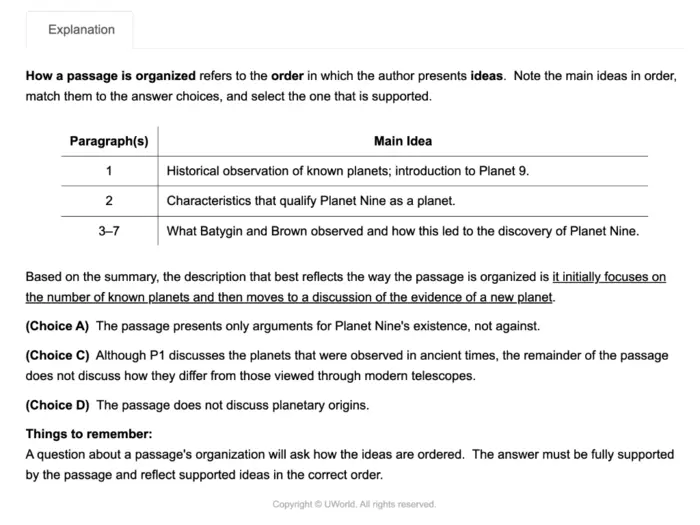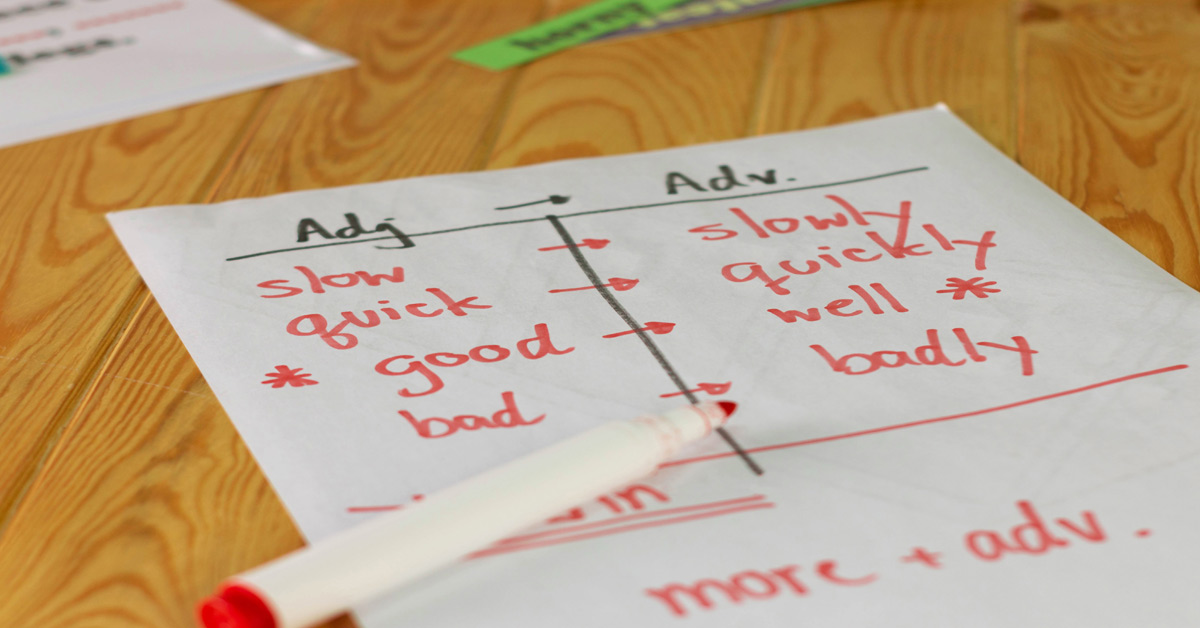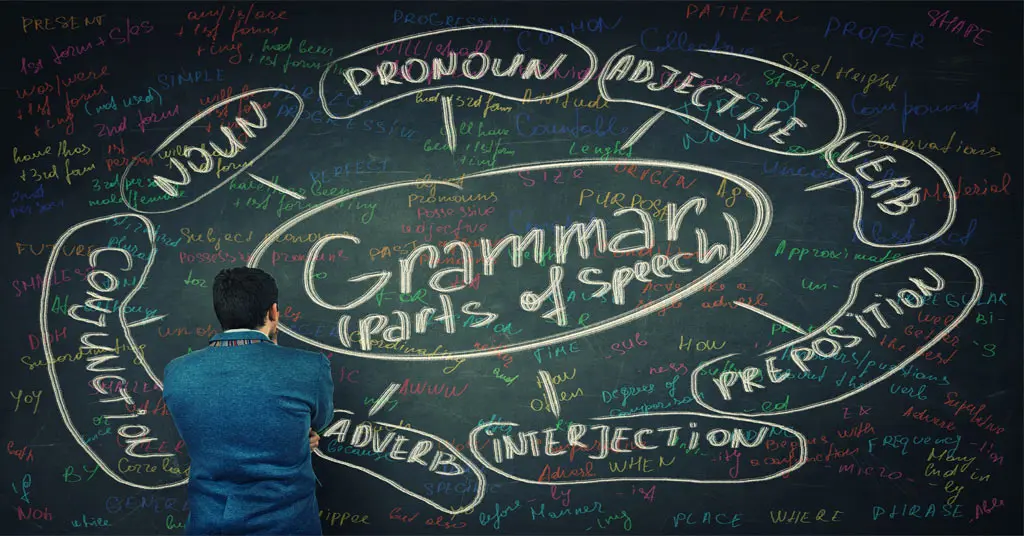Reading, it’s something that we do every day—scrolling through Instagram captions, memes, headlines, and text messages. Some of us read books and articles for pleasure and knowledge, while others only do so when it’s part of an assignment. Some don’t read books or articles at all. When it comes to getting a high score on the ACT® Reading section, being a lifelong bookworm has major benefits, but even if you hardly ever read outside of school, you can still hit a 36 if you study smart. That means understanding how ACT Reading works, what its questions look like, and familiarizing yourself with the most common mistakes so you can avoid them.
Common Mistakes on ACT Reading
Many students consistently make common mistakes on ACT Reading. To help you be proactive, we’ve condensed these errors into four categories. Read the mistakes below and continue to review our tips on how to avoid them.
-
Misreading the passage
If you’re working through a passage and you come across words you don’t understand, try using context clues. -
Look for signal words
Signal words are words or phrases that indicate the meaning of an unknown word. For example, words like “means,” “refers to,” or “in other words” can signal that the author is providing a definition or explanation of the word. -
Look for synonyms or antonyms
If there are words or phrases in the passage that have similar or opposite meanings to the unknown word, they can help you figure out its meaning. -
Look for examples
The author may provide examples of the unknown word or use it in a sentence that gives you a sense of its meaning. -
Look for prefixes or suffixes
Prefixes and suffixes can provide clues to the meaning of a word. For example, the prefix “un-” often means “not,” and the suffix “-able” often means “capable of.” -
Look for context clues
Sometimes, the meaning of an unknown word can be inferred from the context in which it is used. This can include the tone of the passage, the subject matter, or the author’s purpose. -
Not managing time effectively
You will have 35 minutes to read four passages and 40 questions (ten per passage). That gives you approximately 8 minutes and 45 seconds to read a passage and answer 10 questions. However, you should try to leave a few minutes to review your answers and return to any questions you got stuck on and skipped. Meaning that, ideally, you’ll have about 7 minutes and 30 seconds to complete each passage and its questions, giving you 5 minutes at the end for review. Make the most of this time by: -
Understanding the format
If you study practice questions that reflect the actual exam, you’ll know exactly what to expect on exam day. You won’t have to spend time trying to understand how to approach questions or reading instructions. -
Read questions first
Understanding what’s being asked of you will help you identify key information. Scan the questions quickly and keep them in mind, taking notes as you go. -
Skim the passage
Go over the passage quickly at first to get a general idea of its content, structure, main idea, and relevant details. Pay careful attention to the introduction and conclusion, as they typically contain the main idea/purpose of the passage. Scan paragraphs for key phrases, words, and ideas that relate to the main idea. Look for headings, subheadings, italicized or bolded text, and topic sentences. Then read the passage again more thoroughly. -
Guess, or move on
Don’t get stuck on one question for too long. If you find yourself wasting too much time, move on to the next question and come back to it at the end. If you still can’t get it, just use the process of elimination to the best of your ability or guess. -
Answering questions too quickly
You want to be mindful of time in the ACT Reading section, but sometimes slow is fast. What that means is that being diligent can save you time in the long run. If you fly through questions haphazardly and tell yourself you’ll just come back to them all in the end, you’ll make more mistakes and have to take a lot of time in the end to review. Alternatively, making an effort to answer each question patiently will help you understand the passage better as a whole and you’ll spend less time coming back for review. You can still skip difficult questions, but be discerning. -
Not Finding Supporting Evidence
Being able to point to evidence that supports your answer will help you confirm that it’s correct by anchoring it to specific details. It also allows you to eliminate incorrect answer choices that are not supported by evidence. Even if you have a hunch that an answer is correct, make sure that you can point to the section of the passage that makes it correct.
Let’s put this into practice by looking at a short passage with some less-than common vocab.
The cacophony of birdsong filled the air as the ornithologist meticulously documented avian behavior, fascinated by their intricate aerial ballet and melodic communication.
Maybe you already know the highlighted word, but let’s assume you don’t. There are a couple of clues as to what this word means. The first is its suffix, -phony. Maybe you recognize that symphony has the same suffix and conclude that this word has something to do with sound or music. Even if you couldn’t recognize the suffix, there are other clues, such as the phrases, “cacophony of birdsong fill the air” and “melodic communication.” These clues might not provide an exact definition, but they certainly tell us that cacophony has something to do with sound, song, or music, and this should be enough.
All of these tips will be easier to implement if you practice them first. Take exam-like practice tests under artificial time constraints that imitate those of the exam. After enough of these practice sessions, you’ll develop a stronger understanding of how long each question/passage will take you.

Tips to Avoid Common Mistakes
Now that you know what not to do, it’s time to take the necessary steps to avoid the above mistakes and improve your chances of success on ACT Reading.
Practice with exam-like questions
The best way to prepare for the ACT, in general, is to study with questions that imitate the actual exam in both format and difficulty. By doing this, you’ll know exactly what to expect on exam day and feel confident in your ability to confront any type of question. You could check out old ACT exams that have been released, but that’s not enough. The ACT is always evolving, and old ACTs simply don’t provide enough questions for sufficient practice.
UWorld offers hundreds of ACT Reading questions that imitate the actual exam in both format and difficulty. Check out this one—a passage adapted from Marry Wollstonecraft’s A Vindication of the Right of Woman.
The author's main claim in the passage is that
| A. women are prevented from completely realizing and using their intelligence. | ||
| B. programs of education should be created that engage people of all races. | ||
| C. all people have the right to receive the same type of education. | ||
| D. education has kept women from accomplishing their goals rather than helping achieve them. |
Understand why you got a question wrong
As you practice for the ACT, for the reading section, or any other, be active in your self-assessment. Don’t just move on from an incorrect selection and hope to get it right the next time around. That isn’t learning. Review the response options, review the question, and review related content in the passage. Ask yourself why you chose incorrectly and work through what makes the right answer correct.
You can do this on your own, but it’s difficult to rationalize each answer choice when you get the question wrong. Fortunately, there are ACT prep resources, like UWorld, that provide in-depth explanations for each answer choice so that you understand why you got an answer right or wrong. After going through enough rationales, you’ll develop an intuition for the correct responses. Here’s an example of how it works.
P1: The education of women has, of late, been more attended to than formerly; yet, they are still reckoned a frivolous sex and ridiculed or pitied….
P2: Behold…the natural effect of ignorance! I have inveighed against the custom of confining girls to their needle and shutting them out from all political and civil employments; for by thus narrowing their minds they are rendered unfit….
The main claim is the argument the author establishes throughout the passage. Compare each answer choice to what is stated in the text. Only the correct one will be supported by passage details.
| Answer | Text Support |
| Choice A: "Women are prevented from completely realizing and using their intelligence. | P2 indicates that women are ignorant because they aren't involved in politics or society. As a result, their minds are unfit for tasks like raising children, which they are currently responsible for doing. This information supports the claim that women are prevented from completely realizing and using their intelligence. |
| Choice B: "Programs of education should be created that engage both men and women." | Although the passage discusses the need for women to receive education, it doesn't discuss the need for education to involve people of different races. |
| Choice C: "Women have as much right to receive an extensive education as men have." | Although the author indicates that women should receive an education like men do, no mention is made that all people, including slaves, should get the same education. |
| Choice D: "Education has kept women from accomplishing their goals rather than helping achieve them." | The author indicates that the lack of a challenging education, rather than receiving an education, has kept women from achieving goals other than marriage. |
Things to remember:
The main claim in the passage will be the answer that is best supported by the passage information. Extreme words like "all" often indicate an incorrect answer.
Practice under time constraints
Even students who are well prepared to answer ACT Reading questions often struggle with time constraints. Unfortunately, it doesn’t matter how well you can parse information from a passage if you can’t complete all the questions before your time’s up. That’s why it’s so important to simulate time constraints as you take self-assessment tests.
Read Actively
Reading for pleasure and reading for the ACT is not the same. Imagine riding your bike down a familiar road with light traffic—that’s pleasure reading. Taking the ACT is a bike race on an unfamiliar road with plenty of distractions. You have to pay attention. The best way to prepare for such a race is to imitate its conditions. Read actively on your own. Pay attention to the author’s tone. Check out blogs and articles above your reading level which are within and outside of your interests. Ask questions.
Conclusion
This all might sound stressful, but you can shift your perspective and think of it like a game. You can level up. You can practice, learn, and improve to get a better score. Do that, and you might accidentally have fun on exam day.





